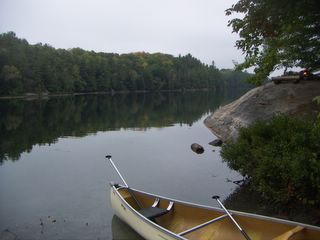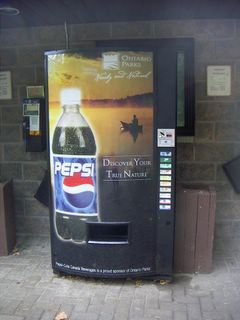Movie review and random updates
Just got back from watching the movie Enron: The Smartest Guys in the Room, at the local art house cinema. I thought it was very good--I was mostly expecting a dry, Frontline-style documentary for the most part, or maybe something a bit more shrill and pedantic. Instead, I felt like I got a good feel for the leadership of the company--the out and out lying that they did (contrasting the recorded conversations and memos with congressional testimony) was pretty brazen. It left me shaking my head about not having confidence with, well, large corporations and the business world in general, to be honest.
It did have one of the more incongruous scenes that I have seen in a movie all year. One of the Enron leaders (Lou Pai) went to strip clubs after work all the time, charging it to the company expense account. The narration described how he was concerned primarily with the money and the numbers at the company. So that segment showed strippers gyrating on stage to Einstein on the Beach (Knee 1: One, two, three, one, two, three, one, two, three....). Man... doing a strip club act to Philip Glass... that's definitely a new one for me....
Incidentally, this guy divorced his wife and married his stripper girlfriend... one of those, "How can anyone think this situation is going to end up well?" cases.
All in all, I thoroughly recommend this movie if you get a chance to see it.
As a random other thought, moving to another country required me to entirely restock my pantry. As a result, I have a very good idea of how much of various foods I consume in a given amount of time. I concluded that 1 8-oz container of chili garlic sauce lasts me for about a year.

I guess that's an argument not to stay for a PhD--I will be finishing up this second container about the time I'm wrapping up, if I take two years for the Master's. On the flip side, at my current rate, I might have enough trash bags to last through a PhD.
Tried out a new Thai-Vietnamese restaurant in Waterloo--had the fried shrimp on sugar cane skewers, and a nice bowl of pho with beef and meatballs. It was pretty good--assuming that the meatballs are always supposed to be rubbery: this has always been my experience. Someday, I will be adventurous enough to try pho with beef tendon or tripe--cuisine from places where they value the animal enough not to throw out a good portion of it. I've been meaning to try one of the Vietnamese places in Kitchener, but have been warned that some of them could be on the show Who Wants to Have Some Serious Gastric Distress.
Classes are going all right--I really haven't buckled down and started studying yet, which is making me nervous--only the occasional panic attack right now. Once I start hammering down some work, I think I should start feeling better about the term. I am nervous, though, because a week-long work trip to Vancouver is being scheduled the week before the midterm in the concrete class.


















